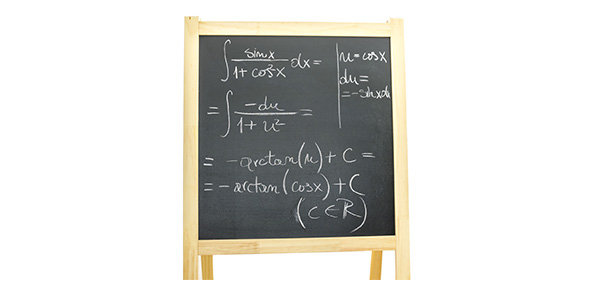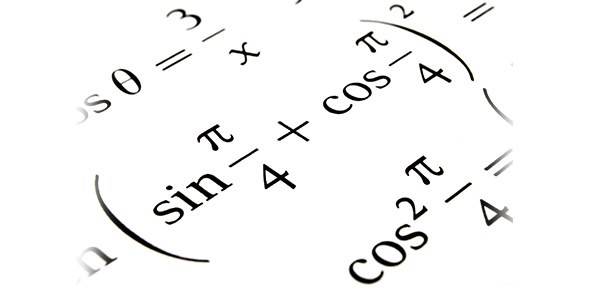Related Flashcards
Related Topics
Cards In This Set
| Front | Back |
|
Numbers which describe how “spread out” a set of data is
|
Measures of variability
|
|
Examples of variability measures
|
– Range– Deviation– Variance– Standard Deviatio
|
|
Length of the smallest interval that contains all the data
|
Range
|
|
(Largest value) – (Smallest value =
|
Range
|
|
Range is sensitive to
|
• Sample size: small samples = less range• Extreme score |
|
Measure of distance between the first and third quartile |
Interquartile Range (IQR |
|
Special kind of range that includes just the middle 50% of values
|
Interquartile range (IQR)
|
|
Benefits of interquartile range
|
• Less affected by extreme values• Also helpful for identifying outlier |
|
– Positions in a range of values representing multiples of 25%• Median = 2ndquartile• 50% of scores fall below median (Q2); 50% scores abov |
Quartiles
|
|
• 25% of scores fall below Q1; 75% abov |
First quartile (Q1)
|
|
• 75% of scores fall below Q3; 25% above
|
Third quartile (Q3)
|
|
What do you do if median is a fraction
|
Round down to the nearest whole number
|
|
How to calculate the IQR
|
1. Find the median (2nd quartile) location2. Find quartile location Quartile location = (median location + 1)/23. Find 1st and 3rd quartile 4. IQR = distance between Q1 and Q3 (Q3 – Q1) |
|
Extreme values that don’t “fit” with the rest of the data
|
Outliers
|
|
Rule of thumb for finding outliers using IQR
|
Scores > Q3 + (1.5 x IQR) are high end outliers• e.g., 36 + (1.5 x 6.5) = 45.75– Scores < Q1 - (1.5 X IQR) are low end outliers• e.g., 29.5 – (1.5 x 6.5) = 19.75
|







